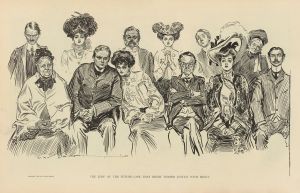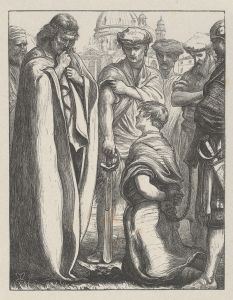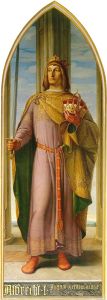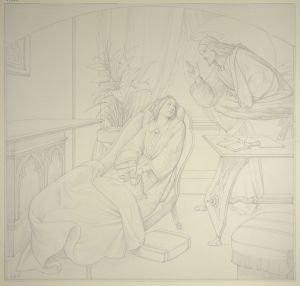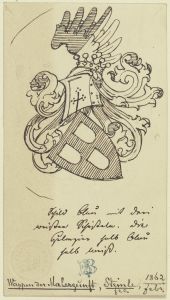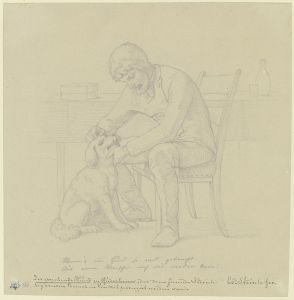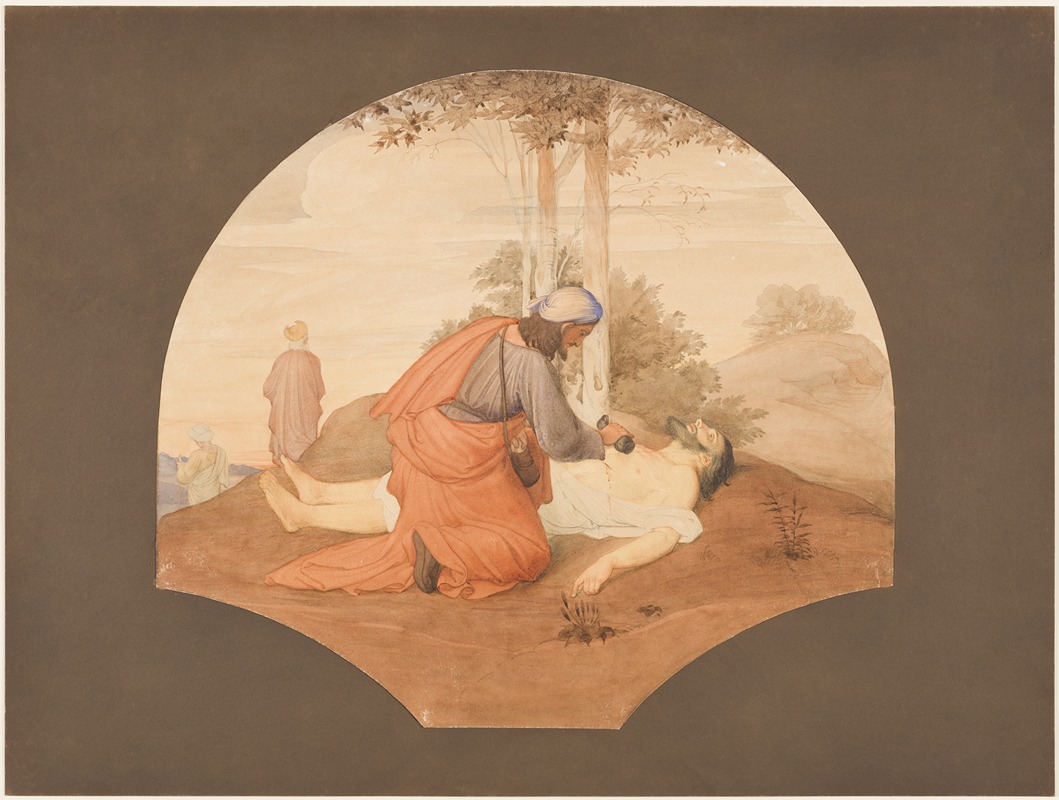
Der barmherzige Samariter – Selig die Barmherzigen
A hand-painted replica of Eduard von Steinle’s masterpiece Der barmherzige Samariter – Selig die Barmherzigen, meticulously crafted by professional artists to capture the true essence of the original. Each piece is created with museum-quality canvas and rare mineral pigments, carefully painted by experienced artists with delicate brushstrokes and rich, layered colors to perfectly recreate the texture of the original artwork. Unlike machine-printed reproductions, this hand-painted version brings the painting to life, infused with the artist’s emotions and skill in every stroke. Whether for personal collection or home decoration, it instantly elevates the artistic atmosphere of any space.
Eduard von Steinle (1810-1886) was a prominent German painter associated with the Nazarene movement, which sought to revive honesty and spirituality in Christian art. One of his notable works is "Der barmherzige Samariter – Selig die Barmherzigen" (The Good Samaritan – Blessed are the Merciful). This painting is a vivid representation of the biblical parable of the Good Samaritan, which is found in the Gospel of Luke, chapter 10, verses 25-37.
The parable tells the story of a man traveling from Jerusalem to Jericho who is attacked by robbers, stripped of his clothing, beaten, and left half-dead by the roadside. A priest and a Levite pass by without helping him. However, a Samaritan, who is generally despised by the Jews, stops and takes pity on the man. The Samaritan bandages his wounds, takes him to an inn, and cares for him. The next day, he gives the innkeeper money and asks him to look after the man, promising to reimburse any extra expenses on his return.
Steinle's painting captures the moment of compassion and care shown by the Samaritan. The composition is carefully crafted to highlight the contrast between the indifference of the priest and the Levite and the mercy of the Samaritan. The use of light and shadow in the painting emphasizes the vulnerability of the injured man and the kindness of the Samaritan. The detailed expressions and gestures of the figures convey the emotional depth of the scene.
"Der barmherzige Samariter – Selig die Barmherzigen" is not just a depiction of a biblical story but also a reflection of the Nazarene movement's ideals. The Nazarenes aimed to return to the purity and simplicity of early Christian art, and Steinle's work embodies these principles through its clear narrative, moral message, and meticulous attention to detail.
The title of the painting, "Selig die Barmherzigen," translates to "Blessed are the Merciful," which is a reference to the Beatitudes from the Sermon on the Mount in the Gospel of Matthew (Matthew 5:7). This further underscores the theme of mercy and compassion that is central to the painting.
Eduard von Steinle was known for his religious and historical paintings, and his works were highly regarded during his lifetime. He was a professor at the Städel Institute in Frankfurt and influenced many students with his teachings and artistic philosophy. His contributions to religious art were significant, and his works can be found in various churches and museums.
"Der barmherzige Samariter – Selig die Barmherzigen" remains an important example of 19th-century religious art, illustrating the enduring power of biblical narratives to inspire and teach moral lessons. Steinle's ability to convey complex emotions and spiritual themes through his art continues to be appreciated by art historians and enthusiasts alike.






